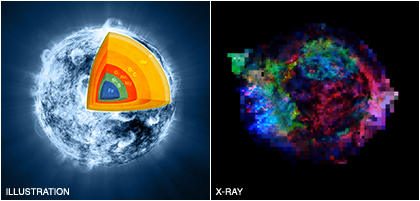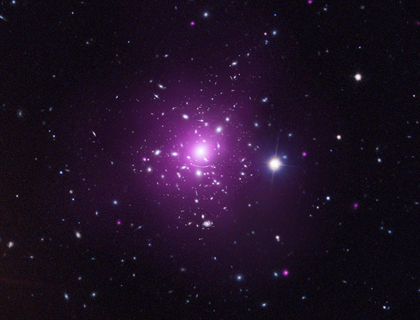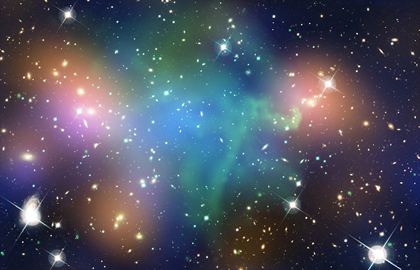Chandra in the 2012 Senior Review
Submitted by chandra on Wed, 2012-04-04 13:00Every two years or so, NASA's Astrophysics Division (part of NASA's Science Mission Directorate) conducts what is called its Senior Review. During this process, an outside panel of experts looks at a variety of things about operating missions in astrophysics that are in their "extended phase." This includes Chandra.











